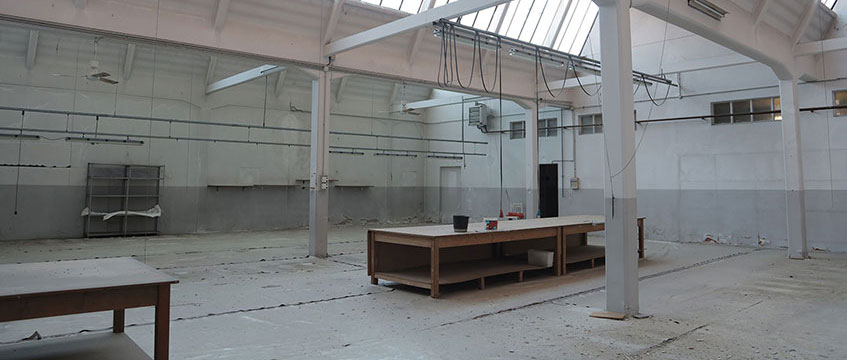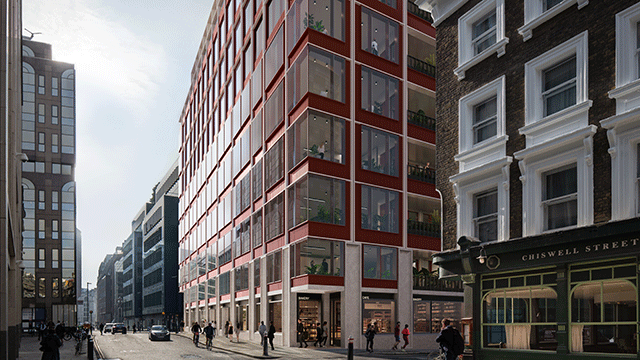The shortage of sub-100,000 sq ft warehousing space means the English economy is missing out on £480m GVA per annum, a report claims.
This is because many thousands of businesses – regional, national and international – which would utilise new warehousing space are unable to fulfil their expansion plans.
The study by property company Potter Space and agent Savills said the unmet demand for small to mid-box warehousing also meant the economy was missing out on 8,600 direct and 7,300 indirect jobs a year. The figures are estimated using Savills’ suppressed demand methodology to identify the level of demand ‘lost’ due to supply shortages.
While the big-box segment of the market tends to steal the limelight, the small to mid-box sector represents 95% of all industrial and logistics (I&L) property in England and 56% of all I&L floorspace. and is home to a cross-section of businesses.
Availability of floorspace has been tracking downwards over the last decade and is now at just 5% – the lowest on record.
Demand remains strong, the report says, despite increased economic uncertainty. Rental growth across the sub-100,000 sq ft market has averaged 64% since 2011, suggesting a shortage of supply and demonstrating the resilience of its diverse customer base, from large multinationals to smaller players.
Potter Space and Savills hope the report will prompt planners and decision makers at a local and national level to re-prioritise land allocation in favour of the small- and mid-size I&L property market.
Potter Space managing director Jason Rockett said: “The fact that there is so much unmet demand in the small to mid-box space is a sign that more needs to be done to support this segment of the I&L market.
“These properties are home to many SME businesses, which form the backbone of the English economy. Local planners and policymakers centrally must now act to rebalance land allocation in favour of the small to mid-box sector.”
Rockett said that the ability of local planning authorities to accurately predict demand for I&L development land “is crucial to ensure that the country can meet ever-changing consumer and commercial requirements”.
He added: “Ecommerce is important, having grown significantly over the last few years, but manufacturing, transportation, pharmaceuticals and SMEs spanning many other industry sectors continue to drive demand for this type of space too.”
The report identifies a number of areas that are ripe for growth, including Leicestershire, Nottinghamshire/Derbyshire and Bedfordshire/St. Albans, as well as the more established markets of Birmingham, Leeds, Liverpool and Manchester. These areas have strong demand, which is not being met and the undersupply of land is having a negative impact, the report says. These regional hotspots have been identified by analysing socioeconomic indicators, local infrastructure and leasing data over the last five years.
To send feedback, e-mail julia.cahill@eg.co.uk or tweet @EGJuliaC or @EGPropertyNews











